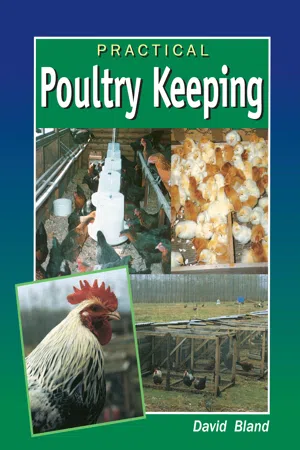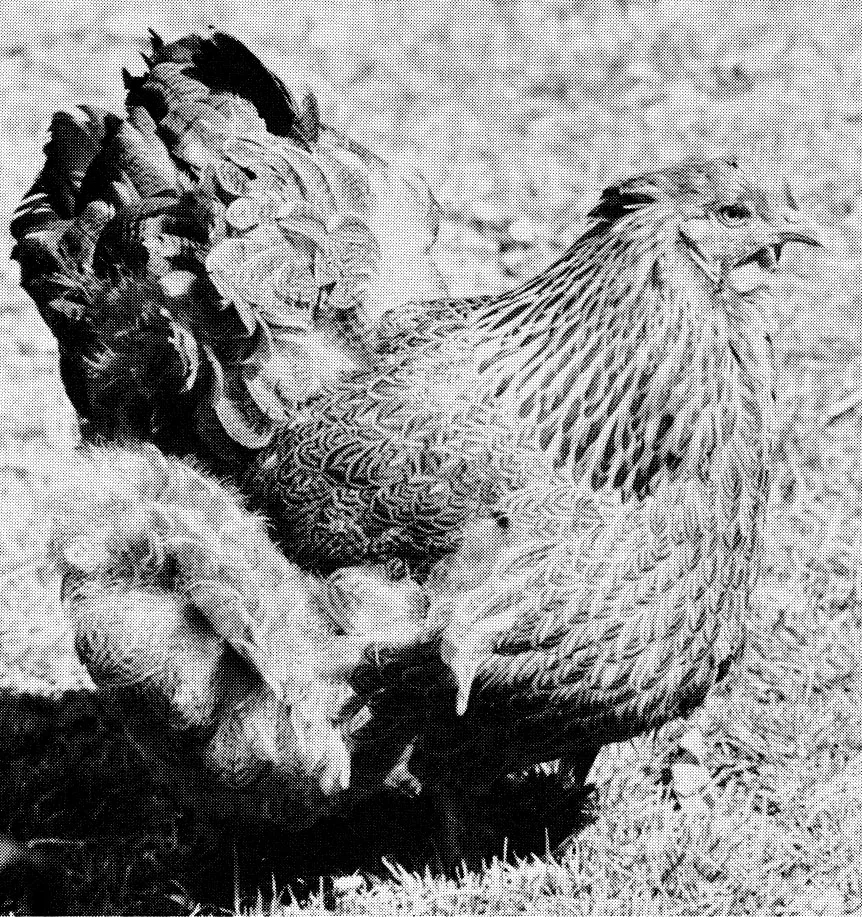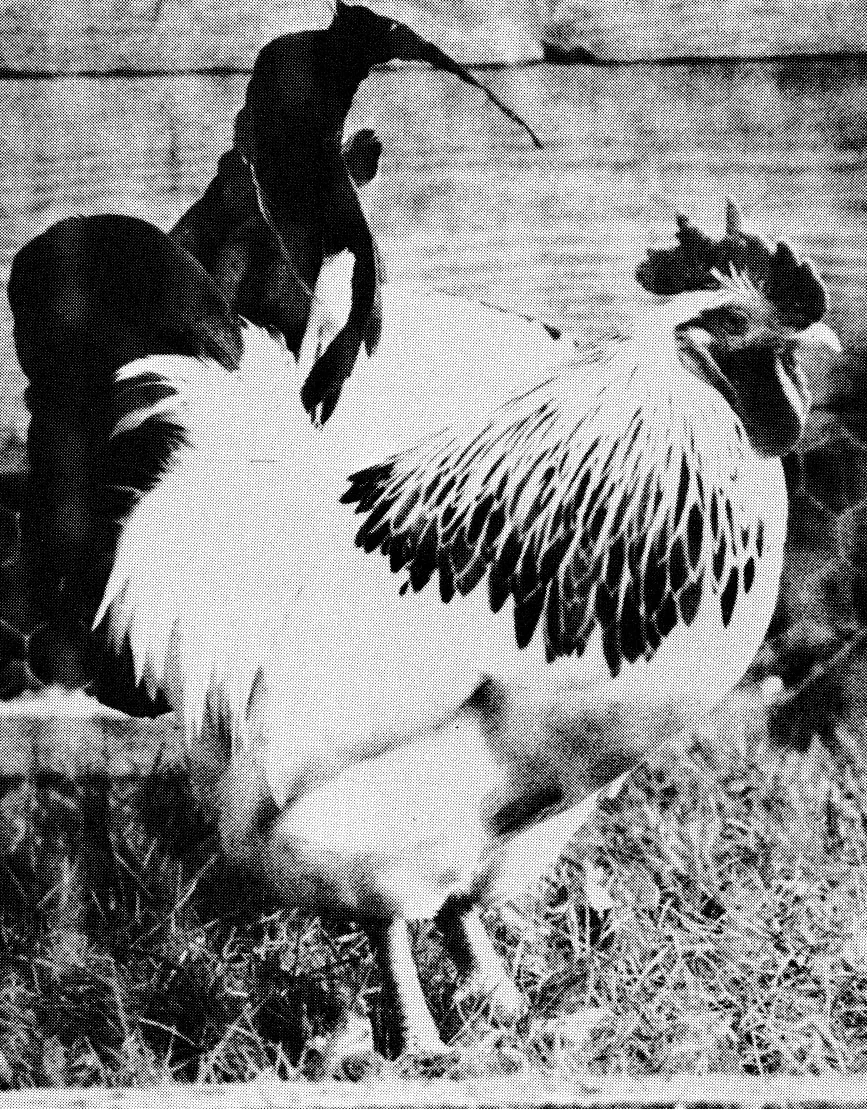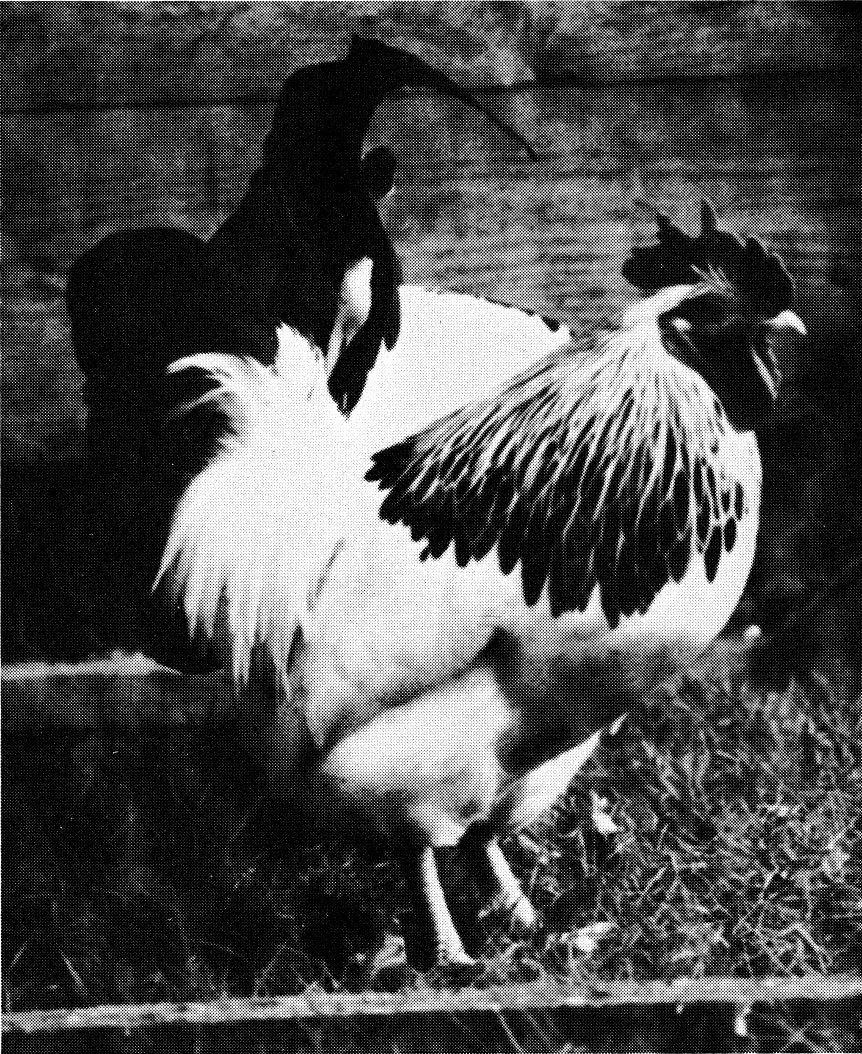
- 160 pages
- English
- ePUB (mobile friendly)
- Available on iOS & Android
eBook - ePub
Practical Poultry Keeping
About this book
Practical Poultry Keeping is a clear, in-depth guide to this topical subject that will enable anyone to keep poultry for pleasure or profit. Fully illustrated throughout with photographs and explanatory line-drawings, it includes: poultry breeds and uses; poultry housing and equipment; breeding and sexing birds; common problems with eggs; natural and artificial incubation and rearing; nutrition and diet; rearing birds for the table; effective planning, management and marketing and recognizing and preventing common diseases.
Frequently asked questions
Yes, you can cancel anytime from the Subscription tab in your account settings on the Perlego website. Your subscription will stay active until the end of your current billing period. Learn how to cancel your subscription.
No, books cannot be downloaded as external files, such as PDFs, for use outside of Perlego. However, you can download books within the Perlego app for offline reading on mobile or tablet. Learn more here.
Perlego offers two plans: Essential and Complete
- Essential is ideal for learners and professionals who enjoy exploring a wide range of subjects. Access the Essential Library with 800,000+ trusted titles and best-sellers across business, personal growth, and the humanities. Includes unlimited reading time and Standard Read Aloud voice.
- Complete: Perfect for advanced learners and researchers needing full, unrestricted access. Unlock 1.4M+ books across hundreds of subjects, including academic and specialized titles. The Complete Plan also includes advanced features like Premium Read Aloud and Research Assistant.
We are an online textbook subscription service, where you can get access to an entire online library for less than the price of a single book per month. With over 1 million books across 1000+ topics, we’ve got you covered! Learn more here.
Look out for the read-aloud symbol on your next book to see if you can listen to it. The read-aloud tool reads text aloud for you, highlighting the text as it is being read. You can pause it, speed it up and slow it down. Learn more here.
Yes! You can use the Perlego app on both iOS or Android devices to read anytime, anywhere — even offline. Perfect for commutes or when you’re on the go.
Please note we cannot support devices running on iOS 13 and Android 7 or earlier. Learn more about using the app.
Please note we cannot support devices running on iOS 13 and Android 7 or earlier. Learn more about using the app.
Yes, you can access Practical Poultry Keeping by David Bland in PDF and/or ePUB format, as well as other popular books in Technology & Engineering & Animal Husbandry. We have over one million books available in our catalogue for you to explore.
Information
1Utility Breeds
THE HISTORY OF THE SPECIES
The historical background of poultry is important because, with a better knowledge of its ancestry and background, poultry keepers are better able to understand the hens’ requirements concerning most aspects of management. Armed with this knowledge, they will be able to improve the welfare of their birds on a practical basis, providing a suitable environment for them.
Domestic poultry can be traced back to when people gave up nomadic life and settled in small villages. They gathered around them all the animals that could supply their daily needs and these included chickens. There is a lot of truth in Rudyard Kipling’s Just So Stories: the animals received, in return for sacrifice of liberty, comfort, protection and food.
Darwin’s first evolution theory that all poultry orginated from one fowl, Gallus Bankiva, was in later years rejected because there were definite differences of preferred habitat and natural behaviour between types of chicken. Gallus Bankiva, although varying to some extent in natural instincts and colour, depending on the Asiatic country in which it was found, is probably responsible for much of our present-day population of poultry, especially with regard to game birds and what are commonly known as light breeds.
However, it is difficult to dispute that our present-day heavy breeds have originated from a different source; this is evident from both their character and bone formation. These long, feather-legged heavy birds known nowadays as Cochins and Brahmas came from China and are altogether distinct from any other breeds of poultry. In-depth investigation by naturalists has not been able to explain the variations between the two main species, although these differences have been acknowledged by experienced poultry breeders the world over. To this day, no Gallus has been discovered from which modern heavy breeds are derived, and to which the Cochin and Brahma can be ascribed.

Cochin hen.

Cochin cockerel.
The importance of recognizing these two species of poultry lies in their differing characteristic habits which affect modern-day poultry keeping.
The Gallus Bankiva’s background is that of a jungle bird which perched, found shelter under shrubs and hedges, made nests in deep undergrowth and was very flighty and aggressive. The Brahma and Cochin (more popularly referred to as the Shanghai), nested on the ground in clear open spaces and tended to congregate as partridges do, flocking together in the centre of open ground. When these birds commenced laying, unless some kind of coop was available they chose some heap or mound to nest on, and laid browncoloured eggs. Bankiva, on the other hand, roosted in trees and nested in hedgerows or dense shrubs producing only pure white eggs.
UTILITY BREEDS
There are a great many different light and heavy breeds of poultry, the majority of which owe their continued existence to the enthusiasm of show breeders and exhibitors. Out of all the breeds there are now only about eight which are of any commercial interest for the economical production of eggs. Producers for many years now have been subjected to strains of hybrids. Work on these continues in an attempt to achieve an even higher production of large eggs while at the same time reducing the amount of feed intake. Feed represents some 70 per cent of the cost of production and is therefore a major concern of breeders and producers alike.
Rhode Island Red
Since its introduction, this has been the best and most popular of all brown-egg producing birds in Britain. The only disadvantage was that all Rhode cockerels, caponized and run on for table production, were downgraded because of the yellow pigmentation showing on skin and fat. In this country the customer has always preferred birds with white flesh and white fat, contrary to many other countries who acknowledge that yellow pigmentation stock are slightly more nutrious than white.
Today the Rhode is the major breed from which all brown-egg laying strains of hybrids are derived, the cockerels also being used with Leghorns to produce light cream eggs for many other world markets. In the 1950s it was still noted for slow feather growth which was a disadvantage to the rearer, but since then it has been improved so much that it feathers as well as any other brown-egg layer. For those wishing to breed their own stock replacement, then the Rhode Island should be the first breed to be considered provided it originates from a known utility line and not exhibition stock.

Rhode Island Red.
Light Sussex
The Light Sussex originated from the Speckled Barn Fowl before and during Roman times, and was to be found in most European countries as far as and including Russia. It was one of the genera of early table birds reared and sold at the same time as the Dorking Fowl. The latter was produced as the Sussex in the Weald of Sussex, their main market being Horsham. The Light Sussex, not regarded by purists as a true Sussex, was probably produced by out-breeding with Cochin blood, and as a result the egg colour became tinted and its proliferation of eggs was greatly improved. At laying trials after the war the Light Sussex, although regarded as a dual-purpose breed (for meat and eggs), proved its egg-producing ability by coming third to the Leghorn, with the Rhode Island coming top. Another advantage of this dual-purpose bird was that when crossed using a Rhode Island Red cockerel the progeny were sex linked. The pullet chicks are gold and the cockerel chicks yellow. Nowadays, without the advantage of caponization the cockerels are killed immediately after hatching, and used to supply the trade and charities to feed rescued birds of prey.


Two Light Sussex cockerels.
Plymouth Rock
This is an American breed produced before the turn of the century with the aid of the Cochin. At present, commercial breeding stock is held and bred in Scotland by one breeder, which he crosses with Rhode Island Red males to produce an excellent free range hybrid. Both these lines originated in America, and were later sold to South Africa. They were then brought to Scotland by Mr Peter Siddons, who produced a bird known as the Black Rock which is now distributed throughout the UK. Although this particular hybrid has not proved popular to intensive egg producers because of its greater size and slightly higher feed consumption, it has proved to be the ideal free range bird, coping better than any other with the extremes of our varied climate.
Wyandotte
The Wyandotte originated in America as the Silver Laced Wyandotte. Two of the original breeds involved in its production are the Cochin and Brahma. The feather lacing of the Silver-Laced Wyandotte came about in its original formation with the introduction of the Silver Sebright Bantam on either the Cochin or Brahma, plus the use of the Silver-Spangled Hamburgh. Some lines produced small eggs associated with the use of the Sebright in its origin, but other improved lines made it a very prolific producer of white or cream coloured eggs, sharing popularity with the other white-egg layer, the Leghorn.
The White Wyandotte is a sport of the Silver Laced which was developed in Britain before being exported back to the States, where it became an important and popular egg-producing breed. It is claimed that the White is a true British breed and is responsible in developing the White Rhode, which is now such a very important part of most of the modern-day hybrids.
It has been claimed that it produced more eggs than any other breed under cold wet conditions, which is a far cry from its present-day show counterpart. There are only one or two breeders left in Britain who still possess a true utility line. The colour of the egg has been mainly responsible for its downfall here. Its blood lines were included in the makeup of broiler breeds, and to this end it is important that the commercial utility White Wyandotte is maintained.
Maran
The Maran, which is still seriously sought after today by small breeders and hobbyist egg producers, is noted for its dark brown egg. At best it produces around 200 eggs per year, that is about 100 eggs less than its commercial rivals, and it also has a voracious appetite. Trying to improve its dismal egg production by breeding resulted in poorer shell colour, defeating the whole purpose of keeping the Maran. It is said to originate from the Carnac area of southern Brittany. The French version has lightly feathered legs, while the British breed is clean legged.

Maran pullet.
Welsummer
The Welsummer, from Holland, lays an equally brown egg with a matt shell rather than the glossy shell of the Maran. It is also a poor layer, but with a mediumsized body consumes less feed.

A trio of Welsummers.
Barnevelder
The Barnevelder also originates from Holland and is a larger-bodied bird, laying an excellent brown egg in small numbers. None of these three breeds ever became popular with commercial egg producers, but wer...
Table of contents
- Cover Page
- Title Page
- Copyright Page
- Acknowledgements
- Contents
- Foreword
- Introduction
- 1. Utility Breeds of Poultry
- 2. Housing
- 3. Ancillary Equipment
- 4. Breeding
- 5. The Reproductive System
- 6. Natural and Artificial Incubation
- 7. Nutrition and Digestion
- 8. Rearing Pullets for Egg Production
- 9. Rearing Heavy Birds and Preparing them for Table
- 10. Planning, Management and Marketing
- 11. Common Diseases
- 12. Preparing Poultry for Exhibition
- Glossary
- Index